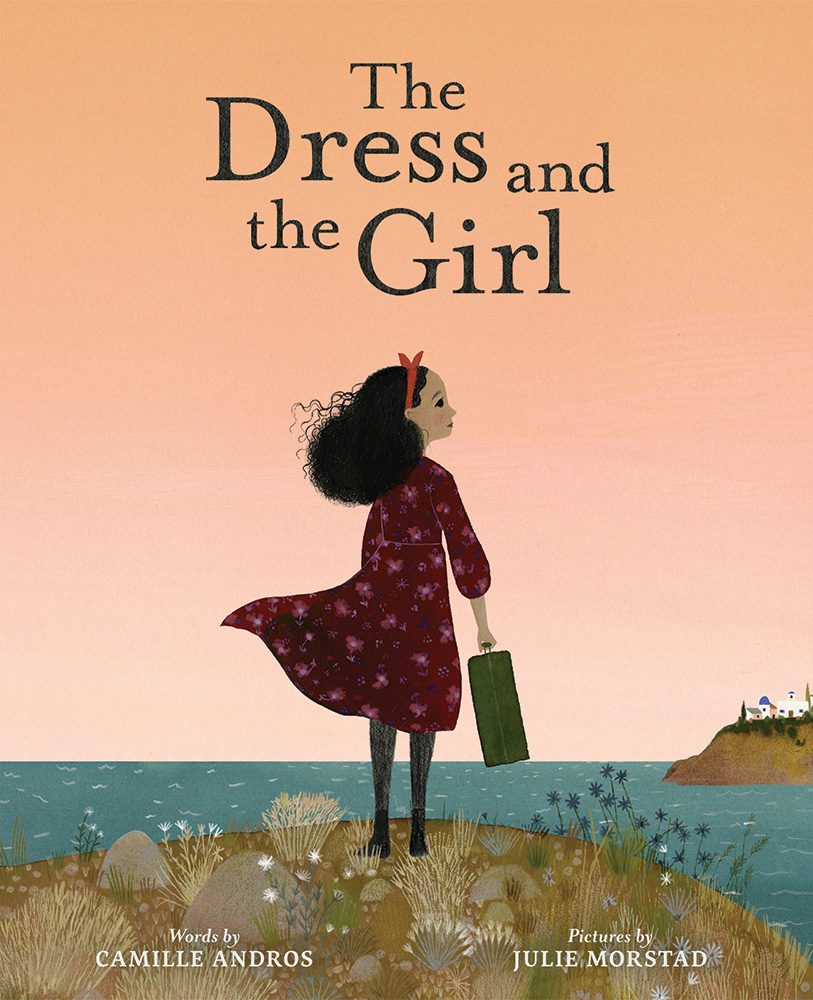Education doesn’t happen in a bubble. These five new books highlight important connections between education and history, business, entrepreneurship, safety and democracy.
In The Lost Education of Horace Tate, Emory University professor Vanessa Siddle Walker shows how black educators played hidden yet significant roles in the civil rights movement. Walker focuses on Horace Tate, a Georgia educator who fought for equality across the state and throughout the South. This detailed account traces Tate’s path from college student to high school principal to president of the black-affiliated Georgia Teacher and Educator Association (GT&EA).
Along the way, Tate learned to be an effective leader in a system controlled by white people. Refusing to apply for a job at the superintendent’s back door or to accept discarded textbooks from the white school, he was an ardent and vocal champion for justice. But Tate and other black educators realized that stealth could be more effective and less dangerous. For instance, when Southern educators risked losing their jobs by contributing to the NAACP, they funneled funds instead through the GT&EA. As readers discover Tate’s place in history, they’ll also enjoy reading about Martin Luther King Jr., W.E.B. DuBois and other activists portrayed in rarely seen moments.
EMPOWERING GIRLS
Why do many girls start out naturally brilliant in science, technology, engineering and math (STEM), only to have their imagination and talent conditioned out of them by society and education? In VentureGirls: Raising Girls to Be Tomorrow’s Leaders, Cristal Glangchai addresses how to turn this national dilemma into a victory. An engineer, nanoscientist, professor and entrepreneur, Glangchai is also the founder of VentureLab, a nonprofit that helps children, particularly girls, develop STEM and entrepreneurial skills.
After describing challenges and attitudes that create barriers for girls and women, such as the notion that only men are natural leaders and media stereotypes that depict girls as passive princesses, Glangchai explains why entrepreneurial skills are the key to closing the female empowerment gap. She thoughtfully clarifies that entrepreneurship is not simply the notion of starting businesses but rather a combination of character traits, from persistence to empathy and resourcefulness, that can aid in achieving success. With an emphasis on curiosity, play and grit, Glangchai offers advice, pertinent research, stories of accomplishment and activities to inspire the next generation of girls.
THE BUSINESS OF EDUCATION
Drawing on the work of W. Edwards Deming, Andrea Gabor tackles the seemingly unwieldy topic of education reform. Gabor, a business journalist and former editor at U.S. News & World Report, frames the discussion as a business story as she explores how schools, like corporations, are complex social systems and living communities. In After the Education Wars: How Smart Schools Upend the Business of Reform, her goal is to understand what makes long-term education reform work.
Using examples from schools in New York City, Massachusetts and Leander, Texas, the author’s frank narrative describes how these successful reforms began as small grassroots movements that relied on participation and collaboration among teachers, students, and the community. Conversely, she looks at unsuccessful developments, particularly charter-school organizations and a reliance on standardized testing and rote learning, which, she contends, create hostility towards teachers and increase segregation. The key, Gabor concludes, is a radical departure from a one-size-fits-all approach to traditional education and re-establishing a connection between education and democracy.
TAKING A STAND
When a 19-year-old began firing an AR-15 at Marjory Stoneman Douglas High School in Parkland, Florida, on Valentine’s Day, 2018, David Hogg (class of 2018), his sister, Lauren Hogg (class of 2021), and many classmates first assumed the sounds were part of an active-shooter drill. For students born after Columbine and 9/11, the threat of school shootings and mass murders has become a disturbingly common occurrence. But just a few minutes after the perpetrator’s first gunshots, 17 students and faculty were dead and over a dozen more wounded.
In #NEVERAGAIN: A New Generation Draws the Line, David and Lauren Hogg alternate describing the traumatic events of that day and how collective anger, grief and need for immediate change ignited the student-led movement for gun control reform. Their no-holds-barred account details the hatred from extremists that surfaced after the students went public and the young activists’ commitment to speaking up for themselves when the adults around them would not. This slim but powerful and strategic manifesto is a wake-up call to end gun violence.
SUPREME EDUCATION
Segregation, prayer in schools, strip searches, required education for undocumented immigrants, corporal punishment and transgender bathrooms—these are just some of the pivotal issues in K-12 education that have been brought before the Supreme Court. Justin Driver, a former high school teacher and an award-winning constitutional law professor at the University of Chicago, examines the intersection between two of the country’s most venerable institutions in The Schoolhouse Gate.
Following an overview of the court’s few interactions with public education before World War II, Driver focuses on decisive court cases involving students’ rights since then. As he delves into free expression, school discipline, criminal procedure, religion and the shifting meaning of equal protection, the author looks at the various perspectives of each case and its impact today. Driver’s added personal commentary pushes readers to consider the kind of nation reflected in these cases and the one they want for future generations.
This article was originally published in the August 2018 issue of BookPage. Download the entire issue for the Kindle or Nook.






 Mustafa by Marie-Louise Gay
Mustafa by Marie-Louise Gay Saffron Ice Cream by Rashin Kheiriyeh
Saffron Ice Cream by Rashin Kheiriyeh The Dress and the Girl by Camille Andros, illustrated by Julie Morstad
The Dress and the Girl by Camille Andros, illustrated by Julie Morstad Ella and Monkey at Sea by Emilie Boon
Ella and Monkey at Sea by Emilie Boon Front Desk
Front Desk



















